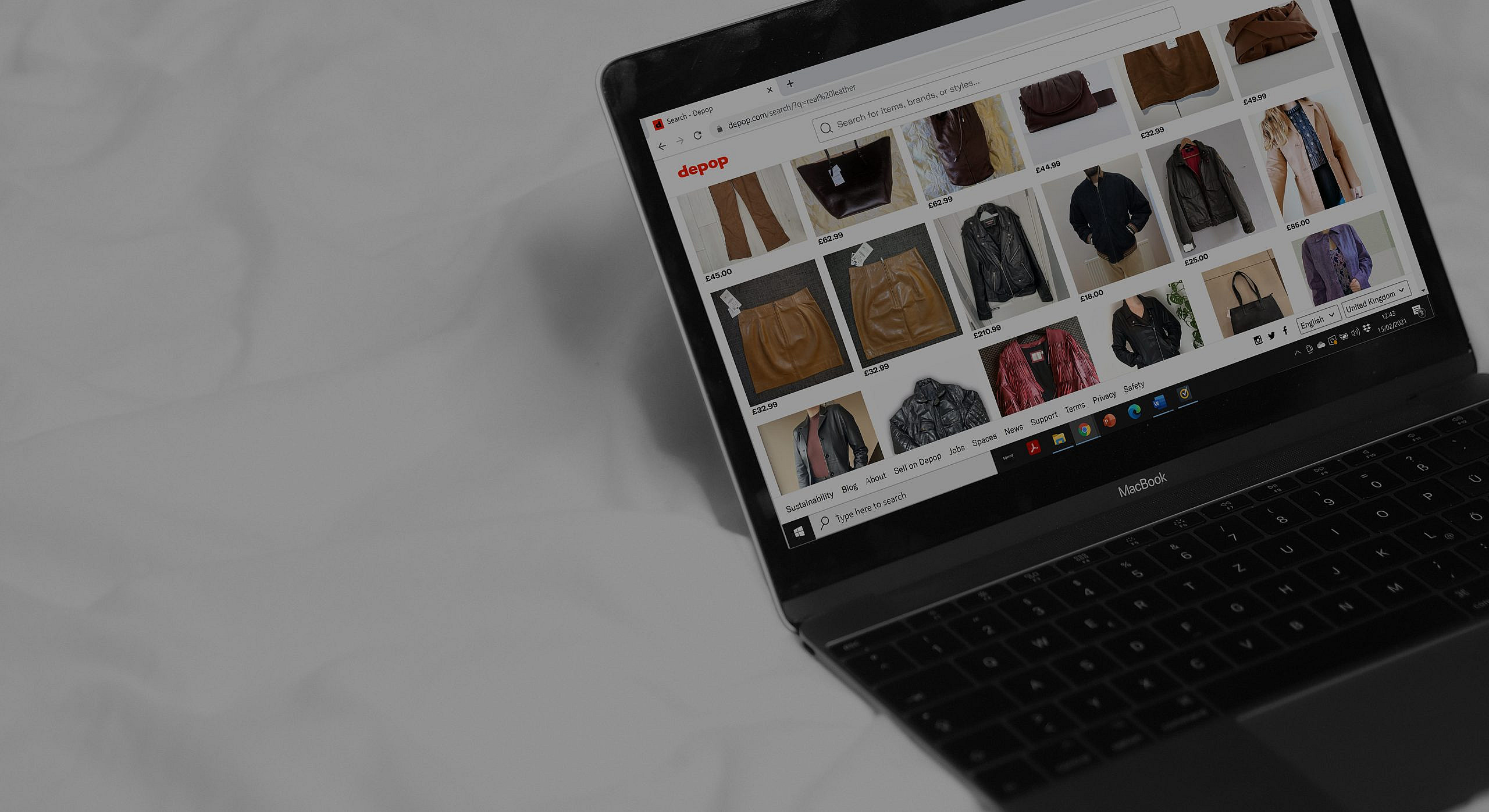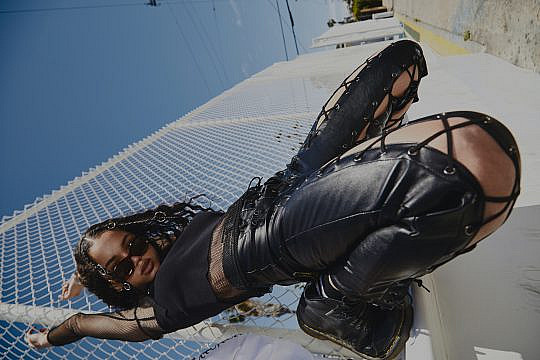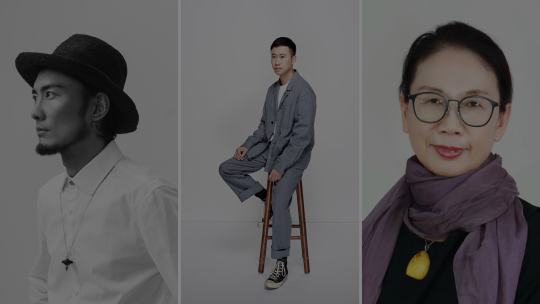Pre-loved clothing site moves into the billion-dollar league as digital thrifters shun fast fashion
WITH more than 15million registered users in 147 countries, sales on the shopping app Depop have exploded over the last decade.
Since its launch in 2011, more and more conscious consumers have taken to buying and selling pre-loved clothing in a bid to express their individuality with a focus on shopping more sustainably and shunning fast-fashion.
And interest in the app, founded by Simon Beckerman, shows no signs of slowing down.
In 2020, Depop’s new users increased by a huge 163% from the previous year as its gross sales reached $650 million (£472 million), with the business taking a cool $70 million (£51 million) cut.
So just what is it that has made Depop such a success story?
Combining the resale initiative of eBay with the aesthetic aspects of Instagram and social elements of WhatsApp, the app has capitalised on the digitally savvy Gen-Z market.
Approximately 90% of Depop’s active users are under the age of 26 and more aware of their impact on the planet than ever.
Buyers are attracted to Depop shops via creative images and expert knowledge.
They can follow their favourite stores, ‘like’ images of products and haggle with the sellers directly, building a community of like-minded fashion fans as they go.
While the buy-once-wear-once culture dominated the last generation, some young people have wised up to the terrifying impact the industry has on the planet and look to apps like Depop to help reduce their own carbon footprint.
Sourcing pre-loved and vintage clothing gives them a place in the circular economy, preventing items ending up in landfill.
And few pieces have more longevity and durability than leather goods.
A simple search on the app for real leather jackets brings up thousands of images.
Brands including Burberry and All Saints, tough biker jackets with authentic Harley Davidson embroidery and chic suede belted coats fill the feed.
Abby Keast, 20, from the West Midlands runs her Depop shop, @abbydepop, full time and has since graduating from university.
She says: “My best sellers are always the real leather vintage jackets and funky one-off pieces like vintage jeans.
“I think a lot of people have the outlook that they can purchase pieces that are already in circulation from sites like Depop rather than support the production of the pieces first-hand.
“Leather is such a tough material that ages so well in terms of quality and condition.”
Sustainability is a key message for the Depop sellers and lengthening the life of a garment is a driving force.
“I take great pride in knowing that every day I am rehoming clothes and giving consumers a sustainable and affordable alternative to fast fashion”, says Lottie Baxter, 19, a university student from Nottingham who runs @loveatfirstsightvintage.
“Around September last year when my shop really started growing, I sold a lot of vintage leather jackets and they were selling for around £40-£60 which is higher than my average selling price which is £18.”
“With being a top seller, you gain a lot of added benefits such as an account manager from the Depop team, an online forum to communicate with other sellers and insights into your shop’s performance. I like the aesthetic and simplicity of the app.”
It’s not just individual sellers that are powering Depop to success. While the app takes 10% of every sale made, the rising credibility of the business through clever collaborations has really cemented its position in the fashion ecosystem.
Having previously partnered with Ralph Lauren, designer Richard Quinn and department store Selfridges, Depop continues to cultivate a community that encourages eco-conscious creativity.
This summer, online marketplace Etsy announced it has bought Depop for $1.6 billion (£1.1 billion).
While Etsy is more synonymous with small craft sellers and handmade products with an average user age of 39, the acquisition of Depop gives it an opportunity to tap into the Gen-Z market and their love of “digital thrifting”.
With all signs pointing to the trend for buying and selling pre-loved clothes and accessories continuing to rise, the spotlight is on leather goods which not only get better with age, but never go out of style.








